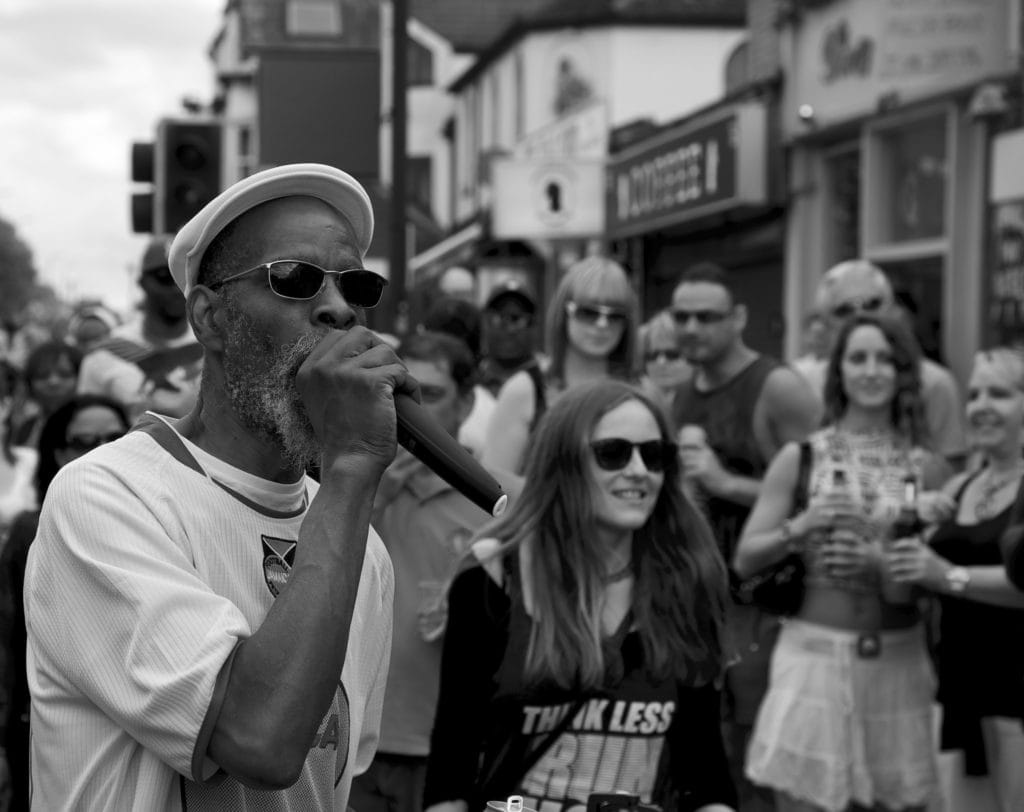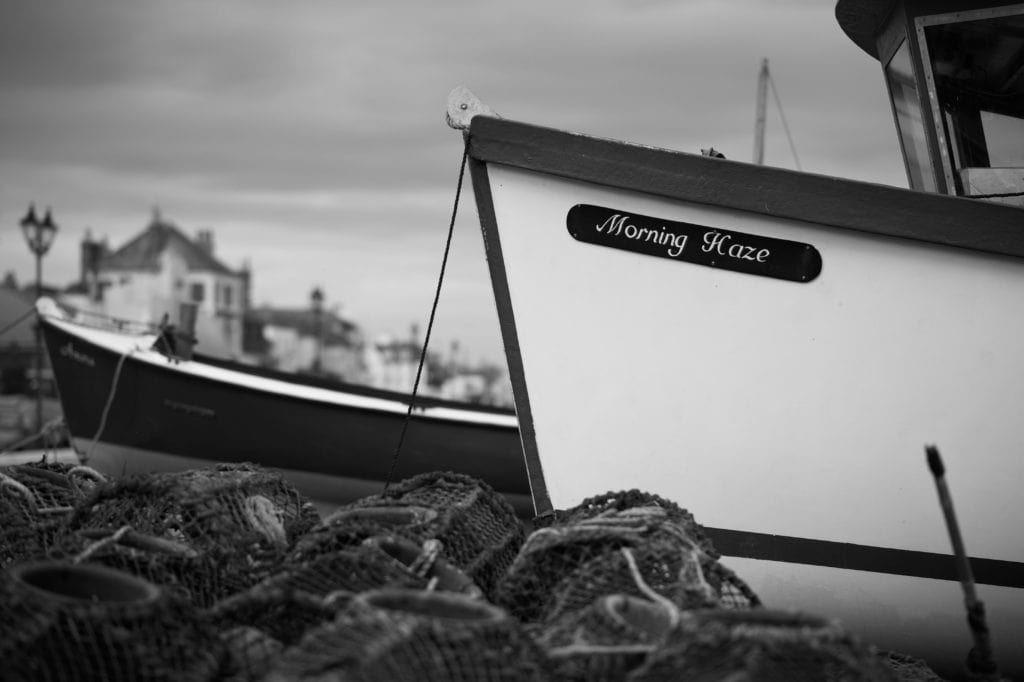
Foundation
The exact date of the foundation of the city of Oxford is uncertain, but the place is ancient.
It was probably first laid out in the 890s by Aethelred, ealdorman of Mercia, or by his successor Aethelflaed ‘The Lady of the Mercians’. Sited on an important crossing point across the Thames, which formed the frontier between the Anglo-Saxon kingdoms of Wessex and Mercia, Oxford started as a ford for oxen (Oxenaforda) long before it had an urban identity.
A religious community also preceded the town. It grew up after the death of the Mercian Princess Frideswide in 727. Her church was destroyed in the St Brice’s Day massacre, a priory was built in its place and dedicated to her as St Fridewide’s Priory. This would eventually become Oxford’s Cathedral, where her shrine remains.
Saxon Oxford
Oxford first appears in a document in c.900 in a list of fortified Saxon towns called the Burghal Hidage, and was mentioned in the shortly afterwards in the Anglo-Saxon Chronicle for the year 912. The Saxon streets of Oxford intersected at a place later known as Carfax – probably meaning four forks, from the latin quadrifurcus. The oldest standing building, the Saxon tower of St Michael at the Northgate, was built in 1040
The Normans
The castle is Norman. After the death of the knight who built it, it was used by Royalty from time to time. The most notable of these visits was from Empress Matilda, who lived in the oldest surviving structure, the Tower of St. George, during the civil war known as the Anarchy. The Norman invasion was hard on the town. The Domesday book recorded that half of the town’s had been laid waste in 1086, but it also recorded the right of the town’s Freemen to graze animals in Port Meadow free of charge – a right still exercised today.
By the middle of the 11th Century Oxford was one of he more important provincial towns, on a par with Lincoln and and Winchester, and Royal councils were occasionally held in the town.
The University
There is no clear date for the foundation of the University, but there is evidence of teaching in 1096. It grew rapidly from 1167 when Henry II banned English students from attending the University of Paris. The city was well established as an academic centre by the 13th century with University, Balliol, and Merton Colleges all founded during that century.
Town and Gown
Academic life in Oxford was characterised by murder in the stories of ’90s TV detective Inspector Morse, and this violence in academia was foreshadowed by a turbulent relationship between Oxford’s town people and students. The most notorious incident occurred in 1354 in the Swyndlestock Tavern (a bank today), when two students took issue with the innkeeper about the quality of his wine. This dispute quickly escalated into an armed conflict that lasted three days and resulted in around 90 deaths. Despite incidents like this and regular scholastic riots, by the mid 14th century the University was well established enough for Edward III to pay tribute to it for both its contribution to learning and the services to the state of Oxford graduates. Several colleges were founded every century and there are now 39 in total.
Reversals
Oxford’s growth was inevitably accompanied by some reversals. In the 12th century a fire burned the city to the ground and the black death of the 14th century reduced the population heavily; as did the sweating sickness epidemic of the 16th century. The university benefited from these depopulations by buying up vacant property and continuing to grow its estates.
Arrival of Industry
In the late 18th century Oxford connected to Coventry and the Thames, and in the mid In 1844, the Great Western Railway linked Oxford with London. The city became more industrial when the automotive industry was established in nearby Cowley by William Morris, who built the Morris Garage in Longwall street in 1910. The need for more space bought a move to a factory 1913 at Cowley and mass production followed, resulting in Cowley expanding into a large industrial centre. Despite its canal and railway links, the city had remained a tight knit , conservative and academic town, with the the university press the only large-scale employer. The car industry transformed Oxford into one of the major industrial cities of southern England, though happily the architectural gems of the old city have been well preserved, also being spared the devastation meted out to so many other cities during World War II.
The sights of Oxford
As you might expect from such a historic city, there are numerous sights to be enjoyed in Oxford, which particularly photogenic, though it is often very crowded, especially in the summer. Here are my top ten:
 The cobbled Radcliffe Square containing the iconic Radcliffe Camera (part of the Bodleian Library), and surrounded by the ancient trio of Brasenose College, All Souls College and the University Church of St Mary the Virgin, with its excellent view from the top of the tower.
The cobbled Radcliffe Square containing the iconic Radcliffe Camera (part of the Bodleian Library), and surrounded by the ancient trio of Brasenose College, All Souls College and the University Church of St Mary the Virgin, with its excellent view from the top of the tower.- The old pubs of the city, including the Kings Arms (1607), near Radcliffe Square; the Eagle and Child, frequented by J. R. R. Tolkien and C. S. Lewis and located on St Giles; the old coaching inn of the Lamb and Flag, also on St Giles; the 13th century Turf Tavern, and the Bear, one of the oldest of all, with its wood panels and collection of 4,500 ties.
- The Covered Market, which opened in 1774 and contains a fantastic selection of fresh produce, cafes and boutique stalls.
- Bohemian Jericho, which contains Freud, one of the most notable cocktail bars in the city, located behind the ancient looking Greek columns of St Paul’s Church on Walton Street and the excellent Indian cuisine of the Standard, also on the same street.
- The Sheldonian Theatre, designed by Christopher Wren for the University with its busts of the Philosophers or Emperors.
- Christ Church Meadow which borders the Rivers Cherwell and Isis (the local name for the Thames) which is ideal for a stroll. The buildings of Oxford’s largest college are also very beautiful, though even busier now with visitors since the filming of the Harry Potter films. Alice’s Adventures in Wonderland were also inspired and written there. The Tom Tower is one of the most imposing sights – the upper part of the tower was which was designed by Sir Christopher Wren, who had himself been a student at the college.
- The eclectic collection of the Pitt Rivers Museum, founded by Lieutenant-General Augustus Pitt Rivers, an anthropologist who collected more than 20,000 objects from around the British Empire.
- The Ashmolean Museum of Art and Archaeology, on Beaumont Street, which was the world’s first university museum, and will content the culturally curious for several hours at a time.
- The ethnically diverse restaurants, shops and people of Cowley Road, with its annual carnival. This started in 2000 and now attracts crowds of up to 45,000 people, with live music and food stalls outside the many restaurants.
- The ancient grazing land of Port Meadow and the nearby pub The Trout, located on the banks of the Thames.
I lived in Oxford in the late ’80s and early ’90s, moving up from Deal in Kent, my home town. Initially I rented a room in a crumbling gothic mansion in Norham Gardens, where I taught English to foreign students. It was post graduate house populated by academics including a semiotician, several mathematicians and a philosopher. I was asked to show my rather less distinguished Degree certificate to the landlady before I was able to move in. Later, as Academic Representative for a German language school, I lived in a damp basement flat in Iffley Road – which gave me the opportunity to get to know the nearby Cowley Road. During that time I came to be very fond of the City of Oxford and have lived in the county ever since.
I have been photographing the Radcliffe Camera for over 20 years, but the image included in this post is the first one I actually feel does it any justice. It was taken on a wet, cold evening in January 2014 when hardly anyone was around and the sky was full of drama. I took the shot with an old school 24mm ƒ/2.8D prime lens originally designed for film cameras mounted on a Nikon D600 (a troublesome body I intend to trade in for a D500 at some point). The Cowley Road Festival shot were both taken on a Nikon Df with an AF-S 24-120mm ƒ/4 lens.

 I have seen some astonishing black and white photography that uses very strong neutral density (ND) filters such as the
I have seen some astonishing black and white photography that uses very strong neutral density (ND) filters such as the